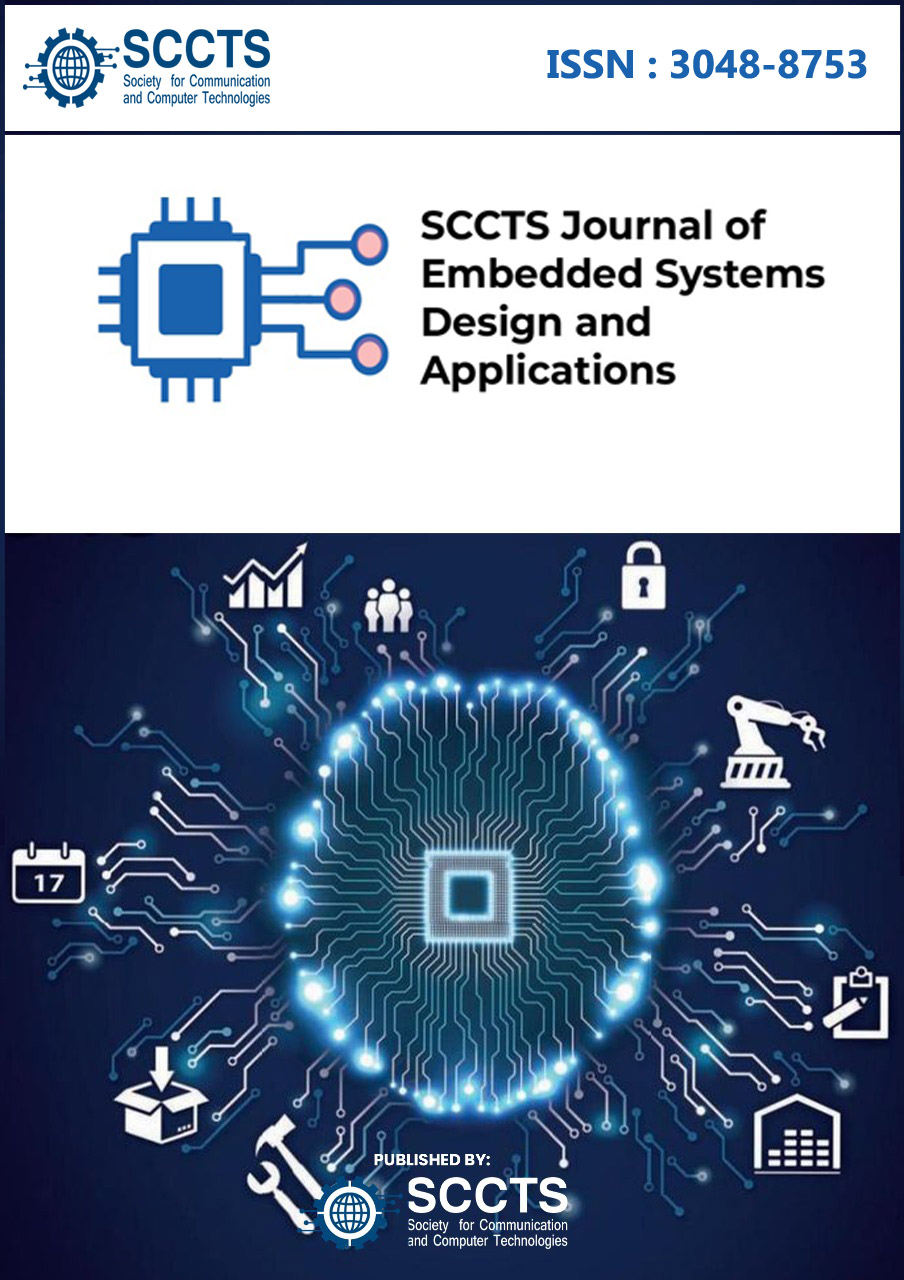Graph Signal Processing-Driven Anomaly Detection Framework for Secure Smart Grid Communication Networks
DOI:
https://doi.org/10.31838/ESA/03.01.05Keywords:
Smart Grid Security, Graph Signal Processing, Anomaly Detection, Embedded Signal Processing, Communication Networks, Edge Computing, Spectral Filtering, IoT Security, STM32, IEEE Test SystemsAbstract
The trend of the implementation of smart grid communication infrastructures with intelligent sensors, edge controllers, and other distributed energy resources have brought in improved competence and increased exposure to the risks associated with cyber-physical anomalies. Traditional procedures of anomaly detection usually fail to preserve underlying topological and time-related consequences that are unique to smart grid architectures. This paper introduces a framework of anomaly detection based on Graph Signal Processing (GSP) and is suitable to a resource-limited communication system in smart grids. The real-time power flow and communication measures can be modeled by the graph signals continuously changing in the graph domain (network topology) so the proposed framework can make it possible to detect anomalous behavior using the spectral analysis and graph-based denoising. The basic GSP processor carries out Graph Fourier Transforms, adaptive spectral filtering and residual signal reconstruction and is developed to run on embedded environments like STM32 and ESP32 microcontrollers. Experimental validation of the IEEE 14-bus and 57-bus benchmark systems establishes that the framework has detection accuracy of 94.6 percent, false positive rate of less than 2.3 percent, and the framework obtains sub-20 milliseconds latency on constrained memory (no more than 512-MB sum) and computational resources (no more than 12-cores). Real-time, edge-based GSP-based anomaly detection is possible;thus these results validate the use of GSP as a scalable and efficient anomaly detector to enhance situational awareness and resilience in next-generation smart grids.





